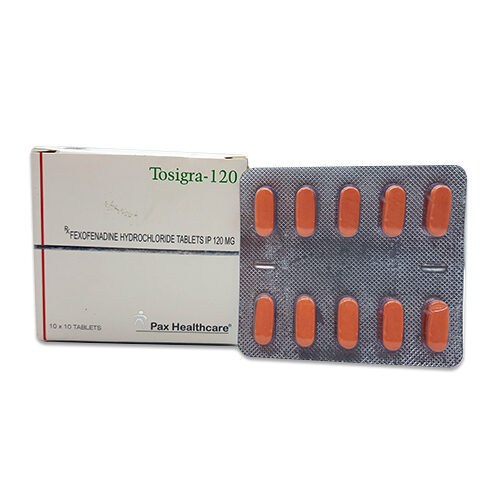
PAXTOBRA Manufacturers Suppliers - Third Party Manufacturing - For PCD Franchise
Fluorometholone& Tobramycin Ophthalmic Suspension
DESCRIPTION:-
• Fluorometholoneis a corticosteroid used to treat conditions of the eye that cause inflammation and swelling. It is indicated for use in the treatment of steroid-responsive inflammatory conditions of the palpebral and bulbar conjunctiva, cornea, and anterior segment of the eye.
• Tobramycinis an antibiotic eye drop. Tobramycin is an aminoglycoside antibiotic that kills susceptible bacteria by blocking bacterial protein synthesis. Death of susceptible bacteria occurs because of the lack of functional proteins. Tobramycin treats only bacterial eye infections and does not work for other types of eye infections.
INDICATIONS:-
• Ocular infection
• Infectious conjunctivitis
• Swelling, redness, and itching in eyes
PHARMACOLOGY:-
MECHANISM OF ACTION:-
• Fluorometholoneexert anti-inflammatory activity against inciting agents of mechanical, chemical or immunological nature. The exact mechanism in ocular disease remains to be elucidated. Corticosteroids are thought to act by the induction of phospholipase A2 inhibitory proteins, collectively called lipocortins. These lipocortins are postulated to control the biosynthesis of mediators of inflammation, especially prostaglandins and leukotrienes, via inhibiting the release of the precursor molecule arachadonic acid. In ocular medicine, these actions inhibit edema, capillary dilatation, migration of leukocytes, fibrin and collagen deposition, and scar formation associated with inflammation. Ocular application of corticosteroids also results in potentiation of epinephrine vasoconstriction, decreased macrophage movement, and stabilization of lysosomal membranes. Corticosteroids are able to increase intraocular pressures, the degree of which is related to the relative potency of the agent employed, as well as the concentration of the agent and the release from the pharmaceutical vehicle. Decreases in vascularization and scarring make these agents useful in limiting tissue damage in chemical and thermal exposures.
• Tobramycinbinds irreversibly to one of two aminoglycoside binding sites on the 30 S ribosomal subunit, inhibiting bacterial protein synthesis. Tobramycin may also destabilize bacterial memebrane by binding to 16 S 16 S r-RNA. An active transport mechanism for aminoglycoside uptake is necessary in the bacteria in order to attain a significant intracellular concentration of tobramycin.
SIDE EFFECTS:-
• Blurred vision
• Eye pain
• Headache
• Dizziness
| Pack Size | 5ml |
|---|






